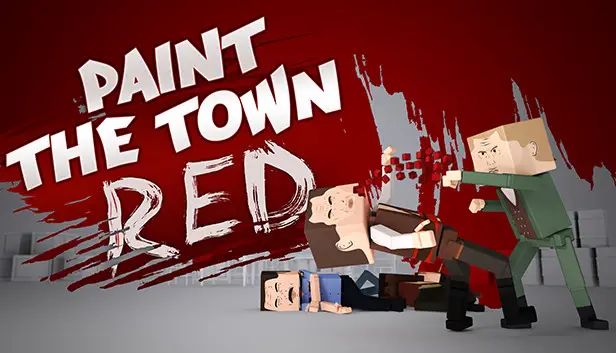Deleting your progress in Multiplayer Beneath savefiles can be a somewhat laborious undertaking. Credit for much of this walkthrough goes to Masachiron, who unearthed a directory for these saves within the ‘userdata’ segment of the local files.
Disabling Cloud Data
para empezar, the initial step entails deactivating cloud saving. Follow these instructions meticulously:
- Initiate by right-clicking on the game within your library.
- Próximo, navigate to the ‘Properties’ option located at the bottom of the available menu.
- Within the ‘General’ sección, you will find an option situated at the bottom of the page specifically for disabling cloud saves. Ensure that this option is set to ‘off’ (indicating no blue background).
It may appear rudimentary at this point, but the intention is to provide a comprehensive guide, as no such action is necessary for the functionality of any other aspect of the game, except for certain components of the Level Editor.
Deleting the LocalLow files
After disabling cloud saves, the next crucial step involves deleting the pertinent files in the LocalLow directory. Here’s a guide to help you navigate through this process:
En primer lugar, you must access this folder path:
On this path, the username of the Windows account where the game is installed is crucial. Típicamente, this corresponds to your primary account, unless you share the computer, in which case it’s the one used for gaming.
The AppData folder might be concealed by default on your computer. An effortless way to access it is by typing ‘%appdata%’ into the Windows search bar.
Próximo, you should remove your selected save data and its corresponding backup. They will be named like this:
Sin embargo, these files will follow a pattern with names like ‘beneathsavemp0’.
The number after ‘mp’ signifies the save slot: 0 for slot 1, 1 for slot 2, y 2 for slot 3. Deleting both the file and its backup (.bkp) will eliminate half of the data for that specific save slot in the game.
Any files starting with ‘beneathsavesp’ pertain to singleplayer and can be easily deleted within the game.
Once you’ve completed these steps, you can proceed to the third phase!
Deleting the Userdata files
The more intricate part of this process involves deleting the save data from the ‘userdata’ carpeta.
- para hacer esto, follow the file path as indicated below. Replace ‘represents your Steam user ID’ with your actual Steam user ID. The initial drive in the path should match the drive where you have Steam and PTTR installed.
If you have just one Steam account, upon entering the ‘userdata’ carpeta, you should find only one folder. Sin embargo, if you have multiple Steam accounts, you’ll need to determine which profile is associated with Paint the Town Red. Afortunadamente, this should be straightforward based on the next steps.
- The string of numbers at the end of the file path corresponds to Paint the Town Red’s store ID number, which remains constant for all users.
If you’re having trouble locating the Paint the Town Red folder amidst your other games, each with their distinct product ID numbers, you can perform a file explorer search for ‘337320.’
- Click on the ‘remote’ carpeta, como se muestra a continuación, and you should see a list of Beneath save data, along with any thumbnails you’ve used for workshop items.
Dentro de esta carpeta, you shouldn’t come across any save data backup files. You can safely delete the save data with the same number that you removed from the LocalLow folder.
Excelente! Once you’ve completed these steps, you’re ready to proceed to the next and final stage.
Testing Out the Blank Save + Disambiguations
It’s evident that this guide may not be foolproof since you’ve only tried it a couple of times, but I appreciate your effort in providing this helpful information.
Regarding the ‘savedata’ archivo, it appears that you don’t need to delete it to remove individual multiplayer Beneath save files. Sin embargo, deleting it might be a way to force the game to restart the save file if you encounter difficulties. Keep in mind that experimenting with it could potentially affect your other Beneath multiplayer and singleplayer save files, así que procede con precaución.
You should now be able to safely re-enable cloud saving and launch the game. Since cloud saving isn’t necessary for multiplayer sessions themselves, you can re-enable it after a multiplayer session to ensure that the locally saved data is synchronized with the cloud.
Thank you for sharing this guide, and a big thanks to Masachiron for their contribution in finding the ‘userdata’ carpeta, where it became apparent that removing multiplayer save data was necessary, in addition to the data in LocalLow.
If you have any questions or need further assistance, please don’t hesitate to ask in the comments section of the guide. Your insights are much appreciated!
Eso es todo lo que estamos compartiendo hoy para este Irse de parranda guía. Esta guía fue originalmente creada y escrita por RaggedDan. En caso de que no actualicemos esta guía, puede encontrar la última actualización siguiendo este enlace.








